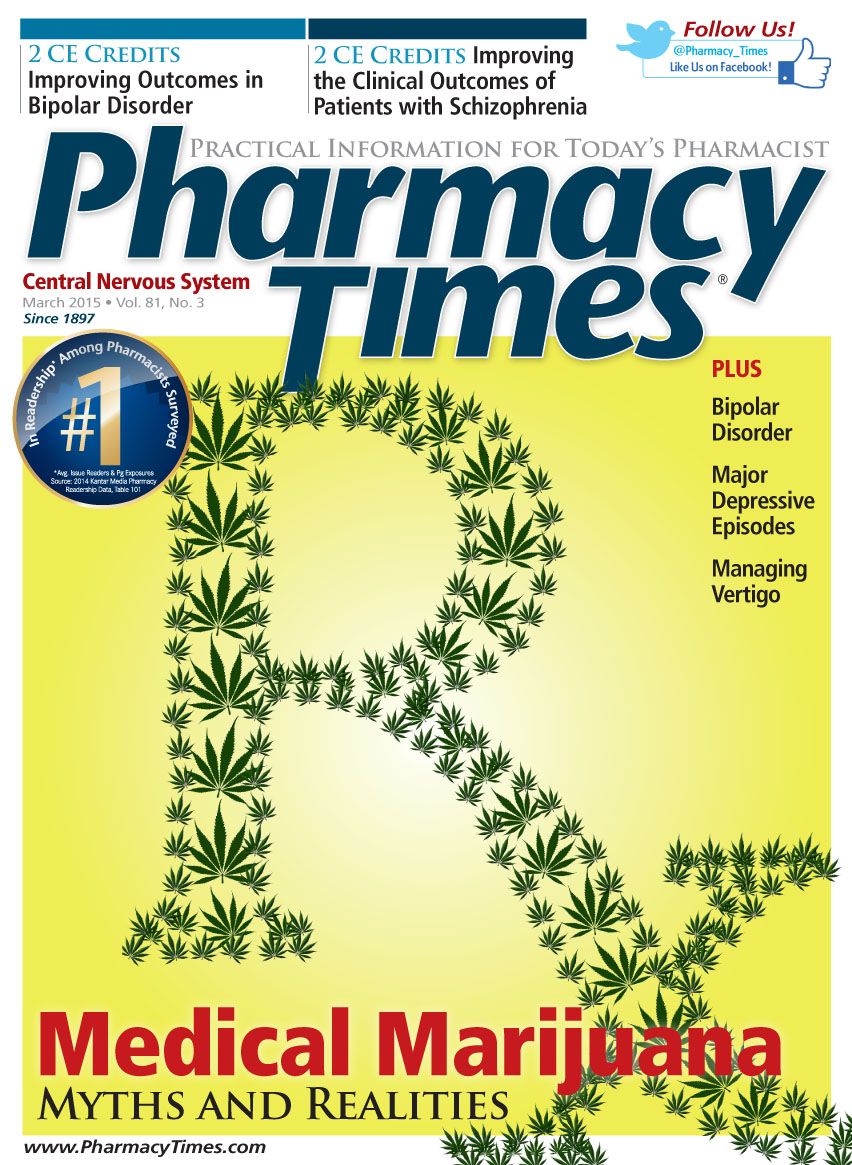Publication
Article
Pharmacy Times
How to Finance a Pharmacy Acquisition
Author(s):
Good credit, a minimal amount of cash, and the skill set to manage a small business are all it takes to purchase/finance a pharmacy.
Good credit, a minimal amount of cash ($25,000), and the skill set to manage a small business are all it takes to purchase/finance a pharmacy. Seems pretty simple. Well, it can be. Sure, you’ll also need the cooperation of the seller to “carry some paper,” but this is a reasonable request for someone about to receive a large amount of cash.
Once a week, I am asked, “Is now a good time to buy a pharmacy?” or “Do you think the timing is right to sell?” I’ve been giving the same answer for the past 7 years: yes.
It makes sense to evaluate any pharmacy project from 2 perspectives: financing and operating. Lenders want to be repaid, and the greatest predicators of repayment are historical cash flow, personal credit history, and managerial competence. Past performance is the greatest indicator of future performance. Therefore, one of the first things you should analyze when considering a pharmacy acquisition is the ongoing cash flow of the business. How much cash did the pharmacy generate last year, and how much is it generating today?
Free cash flow is typically defined as EBITDA (earnings before interest taxes, depreciation, and amortization)— accounting speak for “Cash you will receive after everyone is paid.” Good lenders, especially those who understand pharmacy, will “normalize” the profit and loss statements. Normalization is the process of “adding back” deductions that are “not material expenses” to the buyer of the pharmacy. Typical add-backs are pension expenses, automobile expenses (not delivery related), excessive wages paid to owners, wages paid to relatives, excessive travel, and entertainment and one-time legal or consulting fees.
Lenders also want to be confident of your ability to operate a pharmacy. What experience do you have working in a pharmacy? How involved have you been in managing people, managing thirdparty contracts, driving gross margins, and managing operating expenses? Are you customer-focused? People buy from people, and pharmacy is a relationship business. Do you have a reputation as a trusted professional in the community? Are you personable? Do you care about your customers? Are you passionate about owning your own pharmacy?
Owning and operating a pharmacy is very rewarding; take it from me. However, it’s not without significant effort. But, with good processes (often the very same ones the former owner established), technology, and a keen understanding of why people get prescriptions filled at that pharmacy, you will have the foundation to maintain the existing customer base and implementing strategies for growth.
Identify a pharmacy that has a solid customer (prescription) base. Analyze the types of prescriptions being filled. Make sure you are comfortable with the product mix (controlled substance volume, durable medical equipment, compounding, workers compensation). Is there an opportunity to grow the business? Is this the pharmacy for you?
I’m asked all the time, “What is this pharmacy worth?” My answer: It’s worth what a buyer is willing to pay for it (in cash), or what a lender is willing to finance. It must produce a cash flow sufficient to repay the loan. Moreover, lenders will want the existing cash flow of the pharmacy to exceed the debt service requirement by a comfortable margin. Every situation is different, but lenders want to see at least 25% more cash flow than is required to service the loan.
Maintain excellent credit, save up your cash, and learn all you can about running a pharmacy, and I’ll look forward to sharing with you the American dream.
Jimmy Neil is the general manager for Live Oak’s Pharmacy Division. He is the former vice president of Pharmacy Transition and Investment Strategy for the Retail Independent segment of a Fortune 20 drug distributor. Jimmy earned his MBA from Louisiana State University in 1994, after which he managed a team of commercial lenders for the US Small Business Administration (SBA). He spent 4 years with the SBA, participating in lending to more than 1500 small businesses, before joining a major drug wholesaler in 1998 as a Regional Credit Manager. Jimmy has worked with more than 1000 pharmacies in various stages of ownership transition: operation assessments, sales, mergers, acquisitions, financings, partnership buyouts, valuations, and tax mitigation strategies. He is also a principal in 2 community pharmacies in Louisiana.







